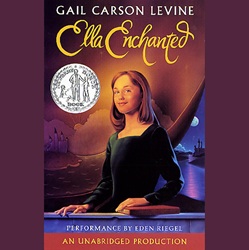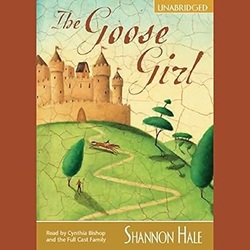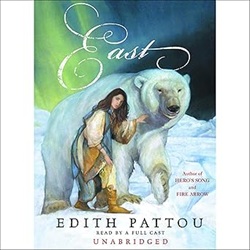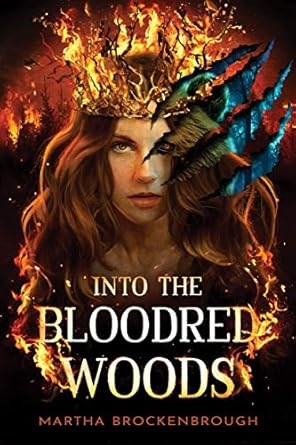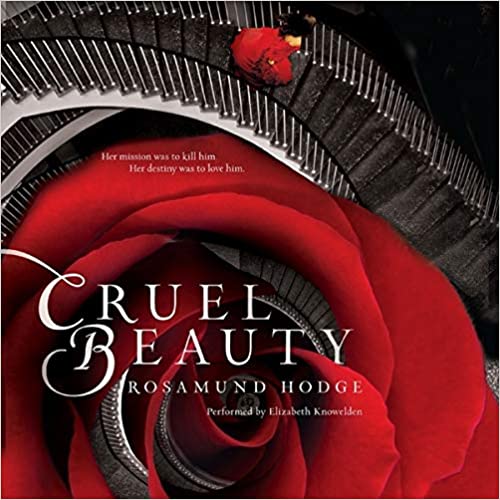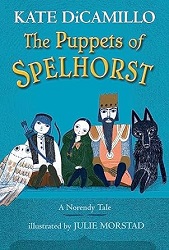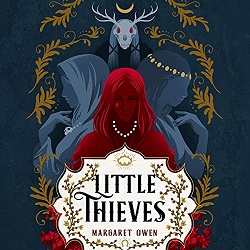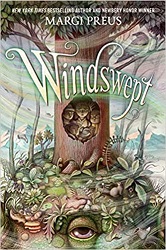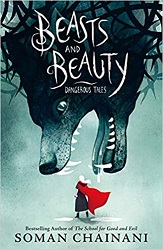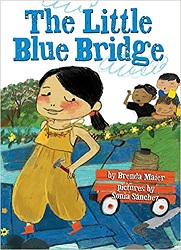Review of Ella Enchanted, by Gail Carson Levine, read by Eden Riegel
by Gail Carson Levine
read by Eden Riegel
Listening Library, 2000. 5 hours, 42 minutes.
This review written August 25, 2025, from a library eaudiobook.
Original review posted February 25, 2002.
1998 Newbery Honor Book
Starred Review
2002 Sonderbooks Stand-out: #4 Young Adult and Children’s Fantasy Rereads
To this day, I am proud that I discovered Ella Enchanted *before* it won Newbery Honor. I have a first edition, without the sticker. I don’t know where I got it, but in 1997 I lived in Germany, and I wanted to be a children’s writer. Somehow I got some copies of some publisher catalogs. I was taken with the description of Ella Enchanted – I always love fairy tale retellings – and must have ordered my copy from Amazon. I loved it and was delighted when it won Newbery Honor.
In honor of my 25th year of writing Sonderbooks, I’ve been celebrating #Sonderbooks25. My plan was to reread my reviews of all my Sonderbooks Stand-outs over the years and choose one book to reread from each year. Well, that was a good plan! Instead, I’ve started rereading *all* my reviews and have found the old favorites that my library has on audio and have revisited many. I started at the beginning of 2025, and am still working on 2003. I tell myself it will go more quickly when I don’t have to convert those older pages to phone-friendly format (after 2005) – but hey, the only deadline is my own, and I’m having lots of fun.
It was a delight to enter the world of Ella Enchanted again. At last, we understand why Cinderella let her step family boss her around so horribly – she was cursed at birth with the “gift” of obedience – when someone gives her a direct command, she has to obey.
Gail Carson Levine added many other delightful details as well. It’s a magical kingdom where ogres can charm humans and make you do whatever they want. And it’s also inhabited by kindly gnomes and giants. Ella has a gift of languages, and she gets to know Prince Charmant well before the ball – but he doesn’t recognize her because it’s a masked ball. Besides the romance, the plot involves Ella trying to break her curse.
I put my original review in Young Adult Fiction, but this time around, I have to bow to the fact that despite Ella being a teen who’s old enough to marry, the book is really written for children in the middle grades. The romance isn’t about physical attraction so much as it is about making each other laugh. It all adds up to a sweet story that will make you smile, whatever age you are when you discover it.
Find this review on Sonderbooks at: www.sonderbooks.com/Childrens_Fiction/ella_enchanted.html
Disclosure: I am an Amazon Affiliate, and will earn a small percentage if you order a book on Amazon after clicking through from my site.
Disclaimer: I am a professional librarian, but the views expressed are solely my own, and in no way represent the official views of my employer or of any committee or group of which I am part.
Subscribe for more reviews and talk about books.
Join the conversation: What did you think of this book?
